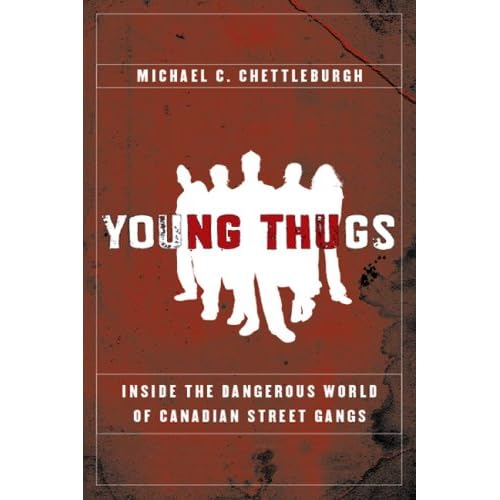 Stonehenge 2000 BC by Bernard Cornwell is not his best novel. At times the action seems to drag, quite atypical in a Cornwell novel. This might be because there is no history to rely on to move the plot forward. What is known about Stonehenge is based on archaeological work. Nothing is known about individuals who lived at that time.
Stonehenge 2000 BC by Bernard Cornwell is not his best novel. At times the action seems to drag, quite atypical in a Cornwell novel. This might be because there is no history to rely on to move the plot forward. What is known about Stonehenge is based on archaeological work. Nothing is known about individuals who lived at that time.
The central character in the story is Saban, who is a young boy at the start of the story and is chosen the new chief at the end of the novel. In between, the chief, Saban’s father, is killed by Saban’s brother who, in turn, is killed by another of his brothers. At the same time as the struggle for political leadership is taking place, the gods are also at war to control the minds of the communities. Slaol, the sun, is the dominant god in Ratharryn, where Saban lives, while Lahanna, the moon, is dominant in the neighbouring community of Cathallo. It is these political and religious conflicts that lead the community of Ratharryn to build Stonehenge. The gods are omnipresent in the lives of the people, require regular sacrifice to be appeased and determine every major decision in the community.

When I was a camper at Nominingue in 1972, I can remember attending chapel on Sunday morning and occasionally singing a hymn found in the camp songbook. Chapel was definitely non-denominational, and Jewish, Protestant and Catholic campers could comfortably attend. Chapel is still non-denominational in 2012, and no hymns appear in the current songbook! Even the use of the term chapel is a bit of a misnomer. Each week, a group of campers or staff are in charge of chapel. Planning begins with the choice of a theme. “Friendship”, “Courage” or “determination” might be the chosen theme in a particular week. If middle camp is in charge of that week’s chapel, middle camp staff and campers will choose stories and songs related to the theme. Campers and staff who have something to say or who want to be involved, have the opportunity to speak to everyone in attendance.

For me, the best part of chapel is the chance to sit quietly looking out over “Bloodsucker Bay” or “Bullfrog Bay” if one wishes, reflecting on the theme, watching a duck or beaver swim past, listening to the wind blowing in the trees, feeling the heat of the sun slowly warming the morning air, and just enjoying the peace and beauty around me. Chapel is an opportunity to reflect on how lucky I am and how much I have to be thankful for!


 At Camp Nominingue, we are lucky in that most of the campers that we work with are very unlikely to ever become street gang members. In his book
At Camp Nominingue, we are lucky in that most of the campers that we work with are very unlikely to ever become street gang members. In his book 


 The Archer’s Tale
The Archer’s Tale

